Many people know that presidents are depicted on American money, but not everyone knows who exactly is depicted and why. Explore interesting facts about president portraits on money.
You probably know that the currency of the United States of America is one of the most influential in the world. America’s economy is growing, so the value of the dollar is constantly increasing. However, many people wonder what is the lowest value of the U.S. paper money without a portrait of a president? If you are also interested, keep reading to get an answer to your question.
President pictures on money
If you are an American, then you probably know that most of the paper money in the United States depicts portraits of former presidents of the country. However, there are two exceptions.
$ 1 is famous for the image of the first president and founder of the United States – George Washington. In the US, $ 1 is the most common banknote.
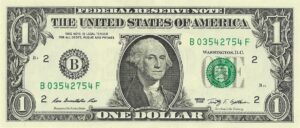
$ 5 depicts Abraham Lincoln, the 16th President of the United States to end slavery. Fun fact: in 1964 the design of this banquet was changed and received the additional phrase “In God we trust”.
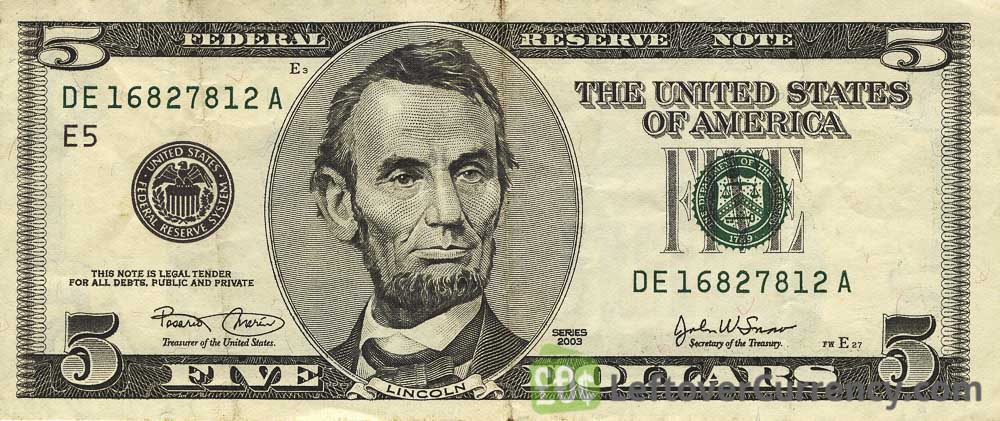
$ 10 has an interesting history as it does not depict the president at all. Alexander Hamilton was America’s first treasury secretary. Moreover, the first ten-dollar banknote featured Lincoln. At the moment, the front side shows a portrait of Hamilton, and the back side shows the building of the US Department of the Treasury.
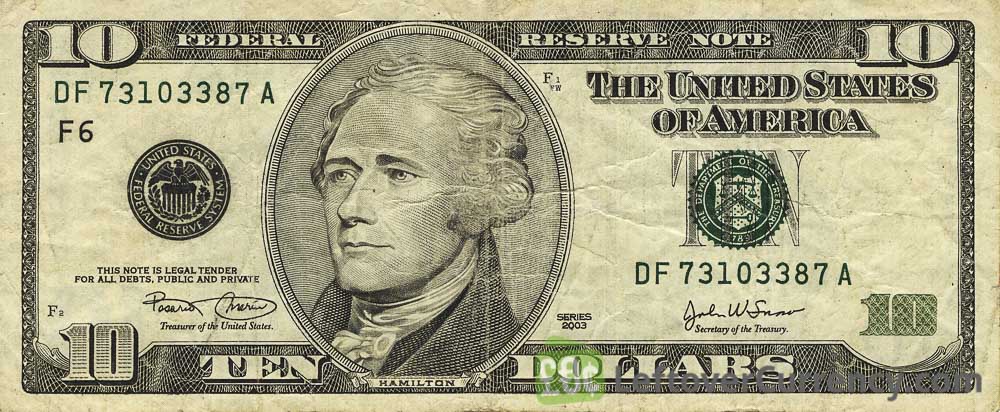
$ 20 adorned with a portrait of the seventh US President, Andrew Jackson. Another interesting fact is that most often fraudsters fake this particular banknote.
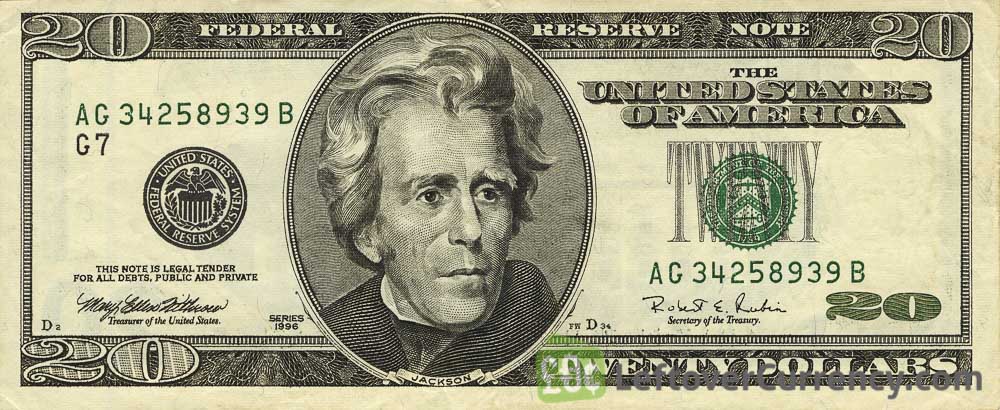
$ 50 depicts the 18th US President and Civil War General Ulysses Grant. For the first time his portrait was depicted on a banknote in 1913.
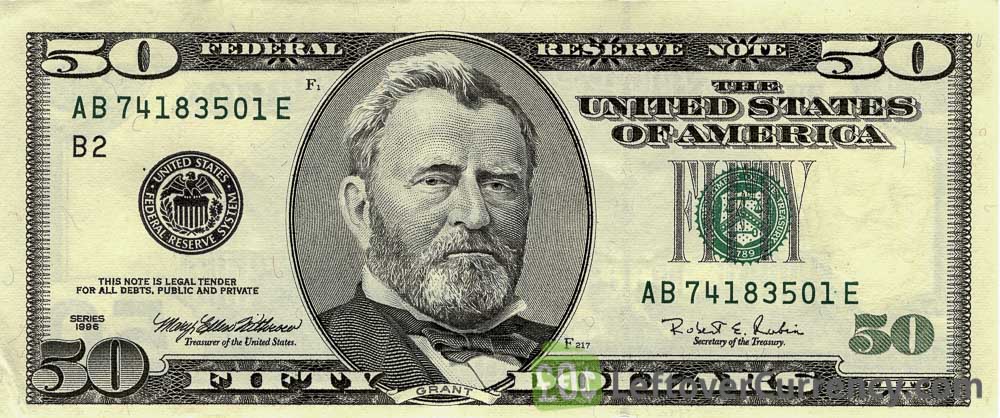
$ 100 depicts Benjamin Franklin, who was the only founding father of the United States to sign all three of the most important historical documents that underpin the formation of the United States as an independent state. He has been depicted on the banknote since 1914.
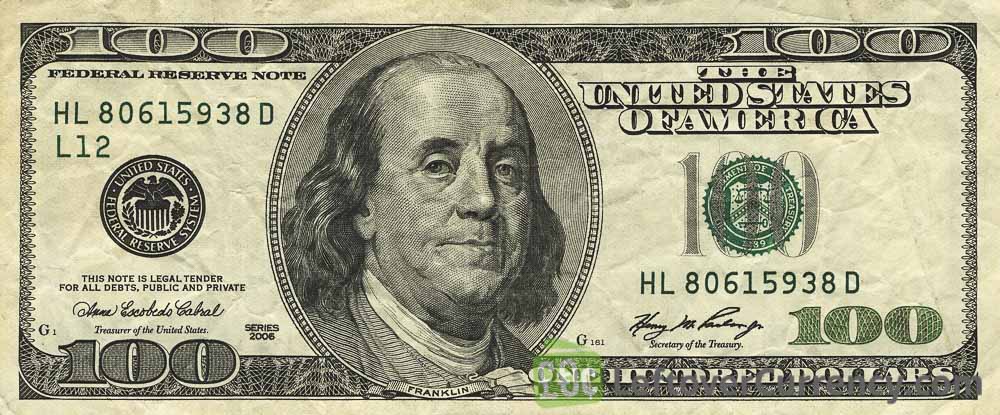
However, what about $ 2?
$ 2 is another story. This banknote depicts President Thomas Jefferson, co-author of America’s Declaration of Independence. Despite the fact that $ 2 is included in the classic banknote set, it is rarely found in daily use.
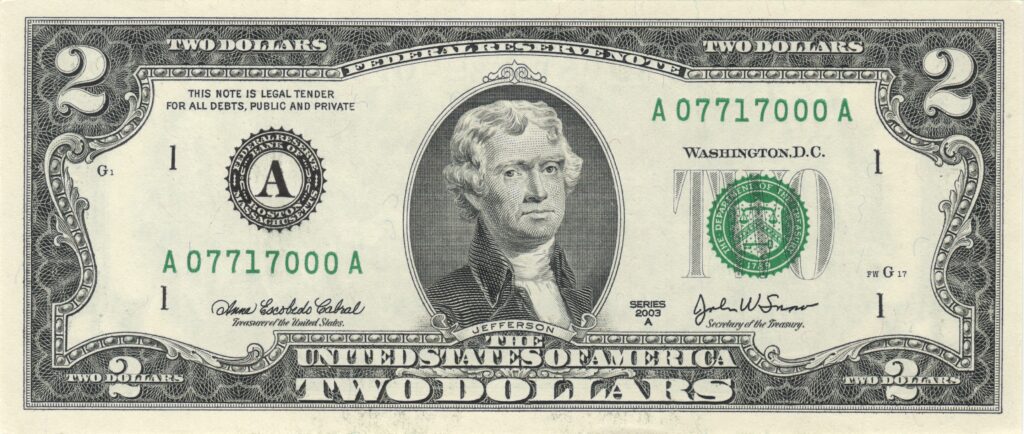
The lowest value of paper money without the portrait of a U.S. president?
As already mentioned, in addition to all US paper money with presidents, there are two banknotes that do not depict the president’s portraits. On the $ 10 bill there is an image of Alexander Hamilton and on the $ 100 bill there is a portrait of Benjamin Franklin. So, the answer to the question “what is the lowest value of the U.S. paper money without a portrait of a U.S. president? ” will be $ 10 with a portrait of Alexander Hamilton.
Who is Alexander Hamilton?
Anyone who hears about this man wonders why he is depicted on the $ 10 banknote, while almost all other banknotes represent presidents. However, you will be even more surprised to learn that Hamilton was not even a Native American!
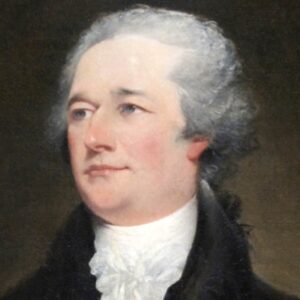
Alexander Hamilton is an American military commander, politician, lawyer, scholar, banker, statesman and economist. This man was born in Charlestown, Nevis. Hamilton became an orphan early, and one prosperous merchant took him to his place. He wanted to continue his education, so Hamilton moved to New York. During the American Revolutionary War, he played a very important role, and in 1777 he became a senior aide to run the new Continental Army. Thus, after the war ended, he was elected to Congress of the Confederation from New York. Alexander Hamilton also founded the Bank of New York and led the Treasury Department.
Who decides whose face will be printed on American money?
Another question that most curious people are interested in is who decides who will be depicted on US paper banknotes? At the moment, the secretary of the Treasury Department has the final right to decide whose portrait will be. However, the Treasury Department claims that only those individuals whose historical positions and achievements are known to the American people are considered.
Interesting facts about American money
- The US dollar is the official currency not only in the states. Surprisingly, the dollar is also the official currency in Zimbabwe, Marshall Islands, El Salvador. Moreover, in some other countries, US dollars are legally traded alongside other currencies.
- The dollar is made from linen and cotton. A paper, the dollar is printed from, also contains 25% linen and 75% cotton, as well as small synthetic fibers.
- The most common banknote is $ 1. Moreover, about half of all printed banknotes are exactly one dollar banknotes. Also noteworthy is the fact that the $ 2 bill was last printed in 2003 and is gradually going out of use.
- Dollars wear out for a very long time. Did you know that modern banknotes can be bent over 4 thousand times before they tear? Moreover, each banknote has an approximate using time, and the longest one has a $ 100 bill – it can last 5 years. $ 20 has a terms of use of only 25 months, as small banknotes are often passed from hand to hand and wear out faster.
- The appearance of the dollar was approved about a century ago. Many people are unaware of the fact that the design of the dollar was approved back in 1929. Then it was decided that a portrait will be on the front, and monuments of history, architecture and other things on the back.








